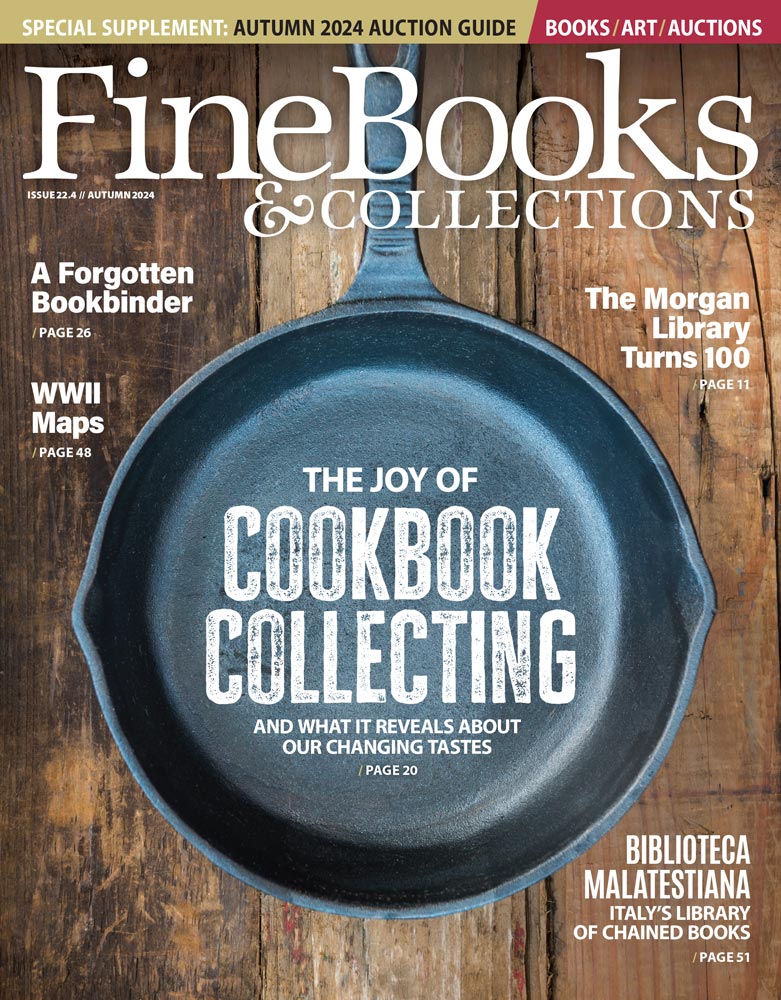"If we didn't already have libraries, they would now have to be invented. They are the keys to American success in fully exploiting the information highways of the future," wrote James H. Billington in the winter 1994 issue of Media Strategies Journal. At the time, the thirteenth Librarian of Congress was reminding a nation enthralled with the nascence of the internet that libraries would be as important as ever in the electronic age, as preservation repositories, testing grounds for experiments in digitization, and strongholds where anyone could freely access humankind's various written efforts.
Billington wasn't just offering his opinion; he was engaged in what would become a battle to preserve the mission of the Library of Congress (LOC).
In 1995, a report issued by the Government Accountability Office (GAO) suggested, in an effort to streamline operations at the LOC, that the library's $350 million annual operating budget be slashed to practically nothing and turn its focus to "increasing revenue" (whatever that means) rather than building and sustaining the country's knowledge hub. Luckily, Congress committee members charged with reviewing the document rejected the plan. As Billington noted in Patience & Fortitude (Basbanes, 2001), the attempt to undermine the LOC's mission was hardly noticed by the national media. "The Messiah could make a personal appearance in the main reading room, and the chances are fifty-fifty that it would get any attention from the press," he said. But the GAO's report, if acted upon, would have had serious consequences for the future of America's library, and Billington "went after it tooth and nail....because it was a cautionary issue of no small significance."
Indeed, what was at stake, as the career humanist realized, was whether the world's largest library--charged with, as he put it, "stockpiling information"--could continue to ensure that anyone could browse the LOC's unique treasures.
And yet, Billington did not shy away from the new digital medium. In fact, he embraced what this technology could offer. During his tenure from 1987 to 2015, Billington oversaw great change at the LOC, ushering in dozens of free digital initiatives like the online American culture resource for K-12 education now known as the National Digital Library; thomas.gov, a free portal to U.S. federal legislative information; National Jukebox, which provides free access to over 10,000 out-of-print music and spoken word recordings; and a digital talking books app. He also established programs like the National Book Festival and the Veterans History Project.
And though cost-cutting was often on the wish-list of many political agendas, over the years, Billington raised over half a billion dollars to supplement Congressional financial support no matter who was in office.
Billington faced the future of book culture with steely-eyed awareness and an understanding that far surpassed many contemporaries. He welcomed the Internet age as a liberation of physical books from the cumbersome task of storing facts and figures. "With the move to electronic formats, what I believe you will now see is that books containing data will be online, and the serious kind of traditional literature that has always been in book form will continue to appear in book form. The book, in my view, will be freed from a very heavy burden that it has to bear all these years," he explained in Patience & Fortitude. "It will be allowed to flourish anew."



